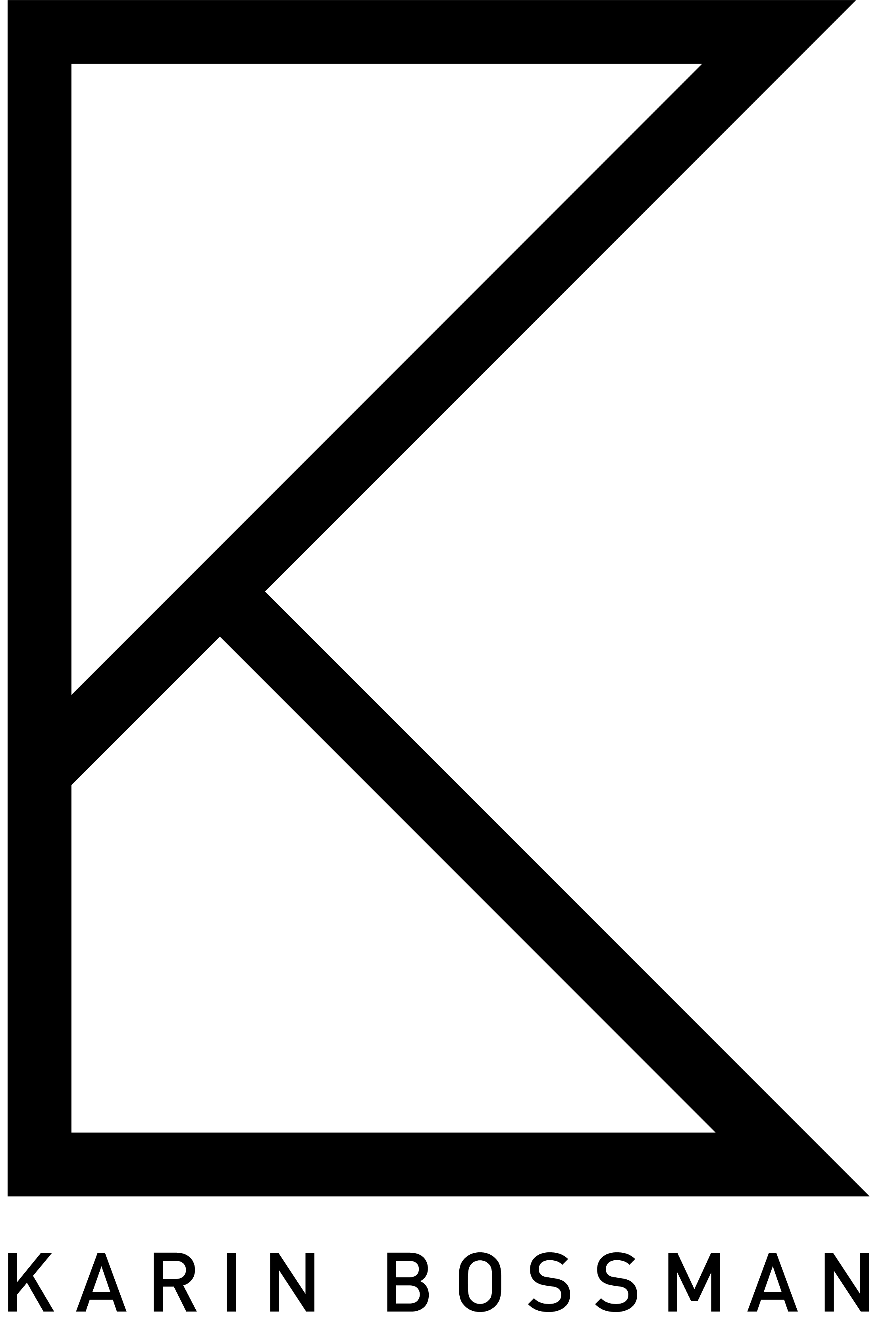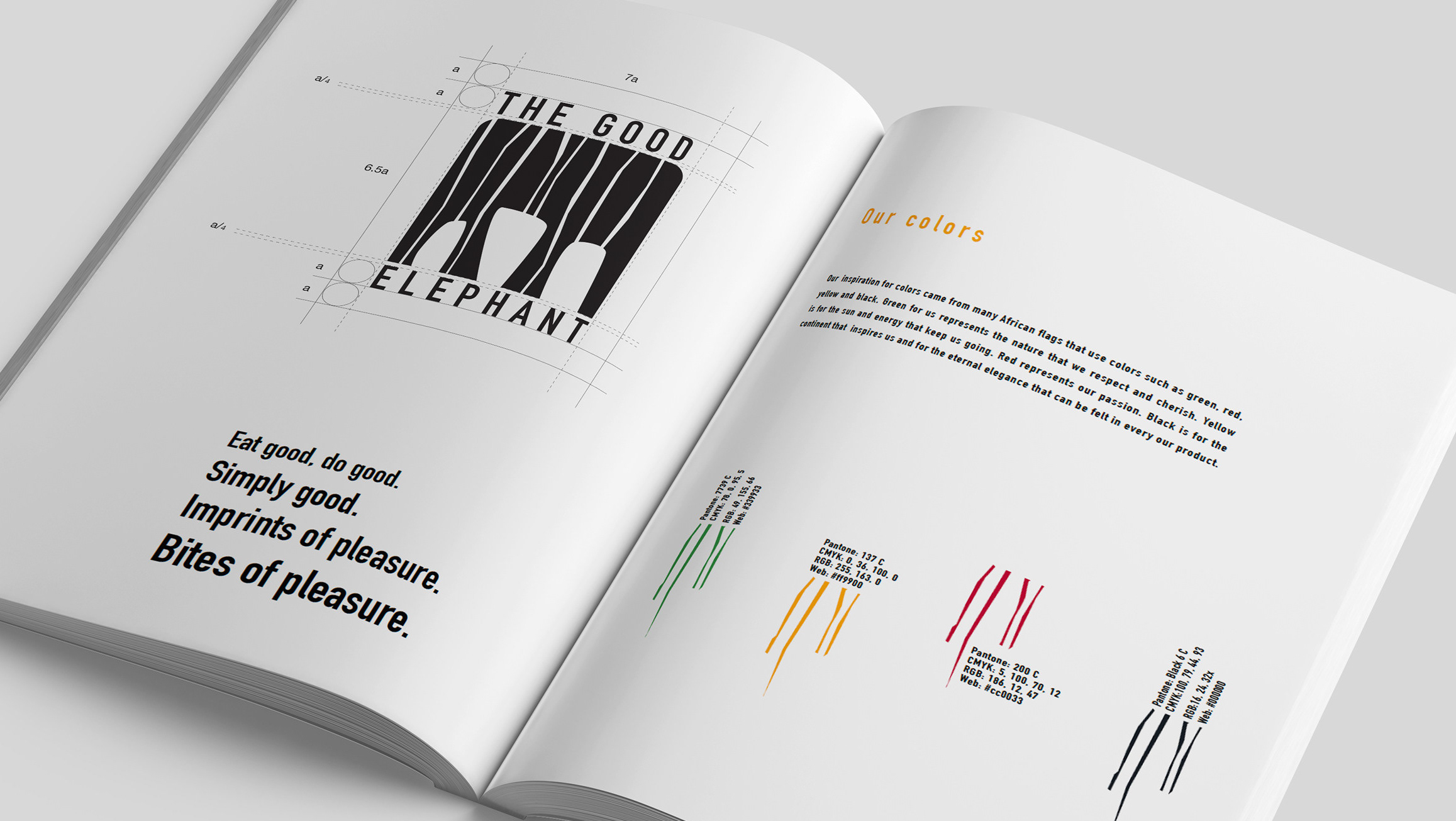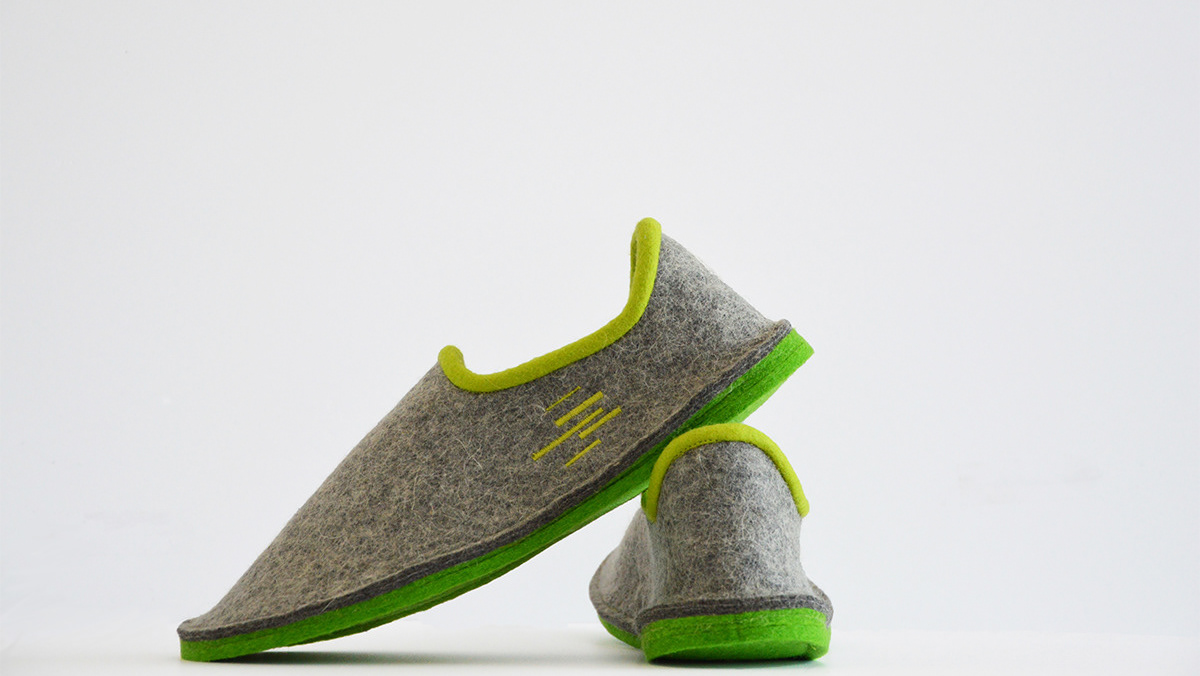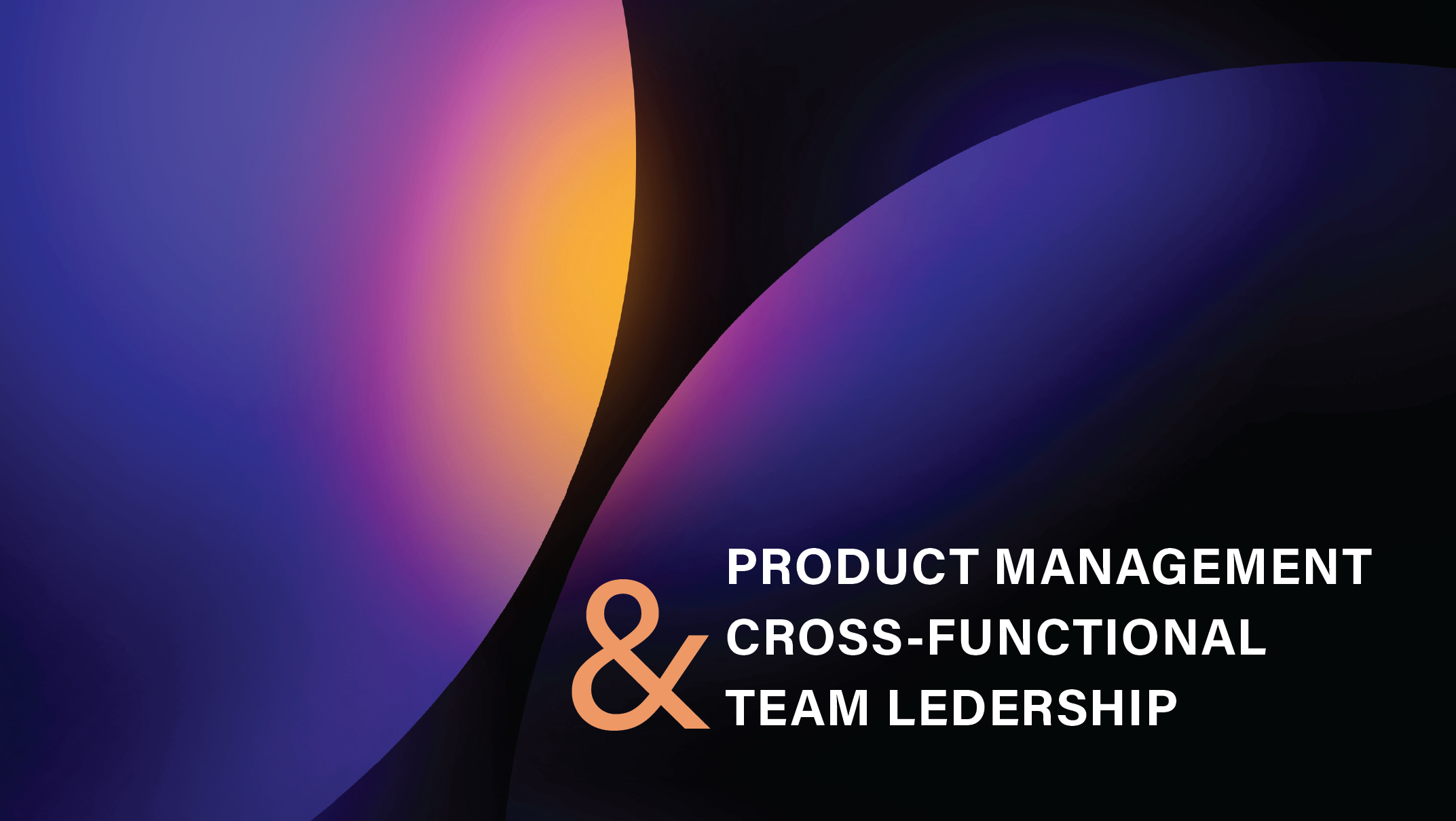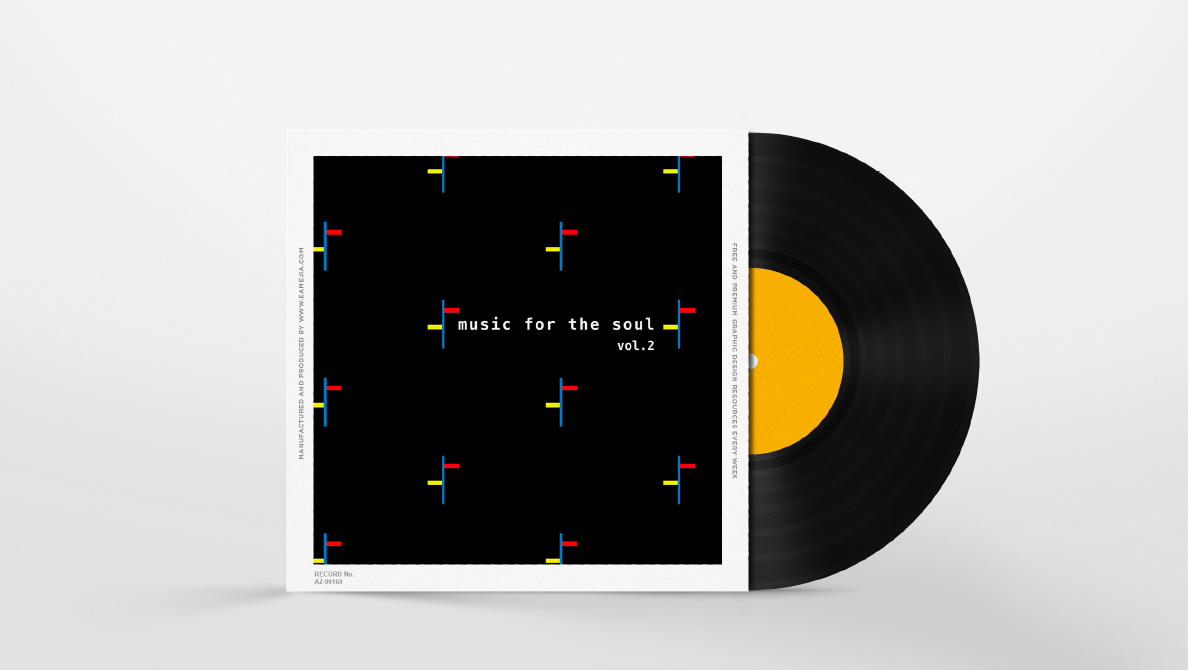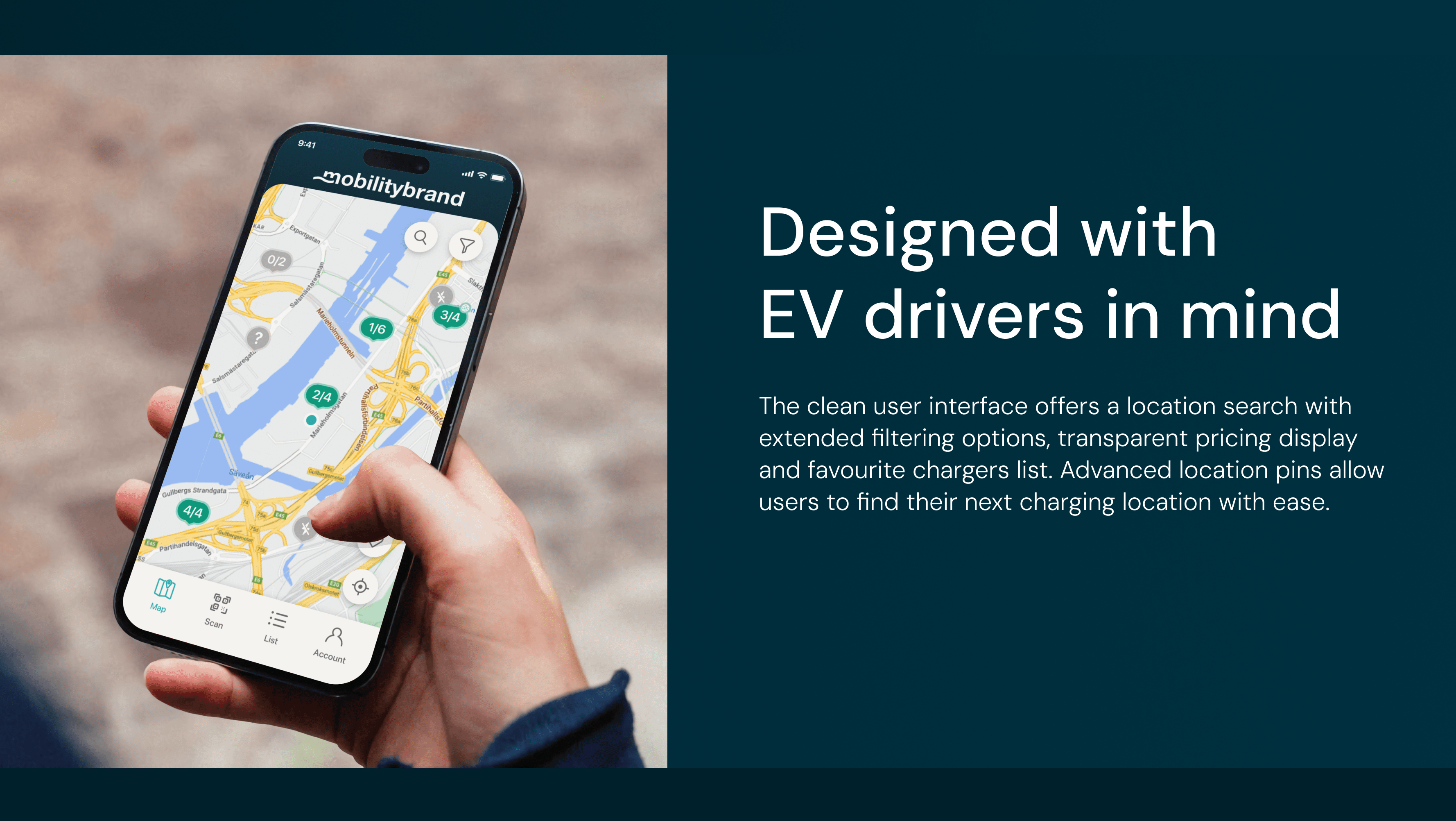Following a double diamond process
From UX/UI solo contributor to growing a team
Throughout my career, I have demonstrated my ability to deliver exceptional user experiences through my expertise in UX/UI design. I have successfully designed intuitive and engaging interfaces, conducted user research, and implemented user-centered design principles to optimize products in the field of e-mobility.
Throughout my career, I have demonstrated my ability to deliver exceptional user experiences through my expertise in UX/UI design. I have successfully designed intuitive and engaging interfaces, conducted user research, and implemented user-centered design principles to optimize products in the field of e-mobility.
The challenges of a fast-paced EV industry, while standards, regulations, and compliance are evolving as we build the product, have made it clear that it's imperative to advocate for the user's needs in the early stages of product conception. Offering SaaS and white-label mobile and web solutions globally and still producing satisfying business results made it clear that we could do even better with growing a team of UX researchers, UI, and service designers.
My team currently consists of one dedicated UI designer, a service designer, and a UX/UI designer. We are organized in a way that can support agile environments with direct collaboration with software engineers, product teams, and marketing teams. The team follows best practices from the Scrum framework with a slight adaptation that allows us to perform at our highest level while onboarding new members to our design team.
My team currently consists of one dedicated UI designer, a service designer, and a UX/UI designer. We are organized in a way that can support agile environments with direct collaboration with software engineers, product teams, and marketing teams. The team follows best practices from the Scrum framework with a slight adaptation that allows us to perform at our highest level while onboarding new members to our design team.
From UX/UI as an afterthought to UX as a company strategy
Working in an organization that grew organically and from a predominantly technical background the UX maturity was emergent, but often confused with beautifying the interfaces and neglecting the usability, desirability, and viability part. The research wasn't seen as actionable enough to be used for the teams at scale and there was an overall limited view of how to harness the full power of human-centred design approaches and principles.
The answer to the challenges was first to work closely with the stakeholders and challenge them with extensive research and findings of our existing partner base that resulted in more than 35 hours of interviews and 200+ insights. In parallel actions started building a research culture with a central repository for all the teams to be available and periodical sharing was set in place.
Working in an organization that grew organically and from a predominantly technical background the UX maturity was emergent, but often confused with beautifying the interfaces and neglecting the usability, desirability, and viability part. The research wasn't seen as actionable enough to be used for the teams at scale and there was an overall limited view of how to harness the full power of human-centred design approaches and principles.
The answer to the challenges was first to work closely with the stakeholders and challenge them with extensive research and findings of our existing partner base that resulted in more than 35 hours of interviews and 200+ insights. In parallel actions started building a research culture with a central repository for all the teams to be available and periodical sharing was set in place.
From inherited design & product debt to building a design system
UX/UI team oversees a portfolio of complex B2B SaaS solutions, white-label mobile applications, and end-user web applications. Offering solutions globally and managing the design of a large product portfolio the challenge was how to tackle the product debt and at the same time be capable of answering the needs of the different teams across the organization in need of the UX and UI input and at the same time not create additional design debt. The proactive action from the UX/UI team was to start reducing the design debt by establishing the Evolve Design System.
For more information about the Evolve Design System & to see it in action, kindly request.
For more information about the Evolve Design System & to see it in action, kindly request.
Understanding the current UX/UI maturity across organization to Vision setting
Using the Nielsen Norman maturity levels to measure the organization's maturity across four dimensions (strategy, processes, outcomes, and culture), an evaluation is conducted yearly, and strategies with activities to be completed are implemented to reach the desired maturity level.
Using the Nielsen Norman maturity levels to measure the organization's maturity across four dimensions (strategy, processes, outcomes, and culture), an evaluation is conducted yearly, and strategies with activities to be completed are implemented to reach the desired maturity level.
The vision of the desired user experience across the product portfolio was set to serve as the company's north star when it comes to the product portfolio.
For more information about the Experience vision kindly request.
For more information about the Experience vision kindly request.
Year 2019
